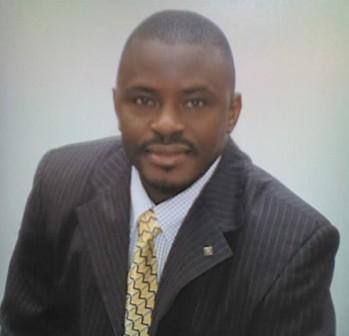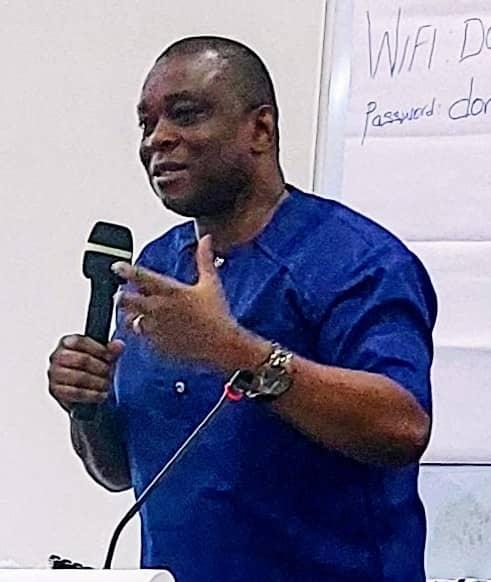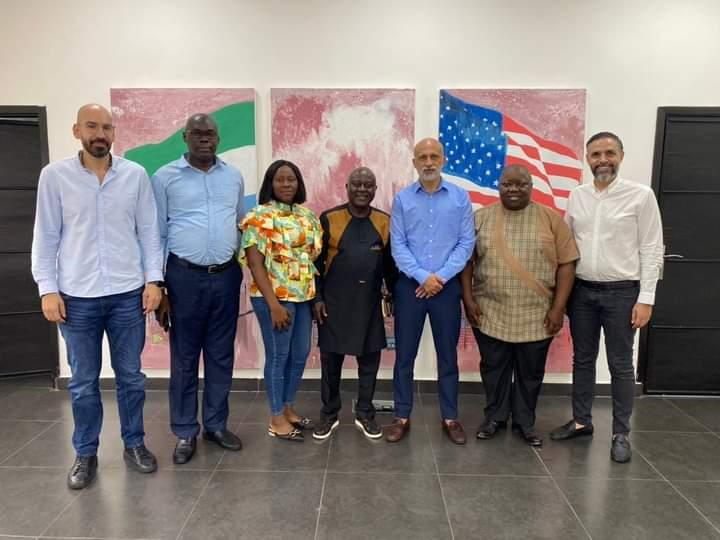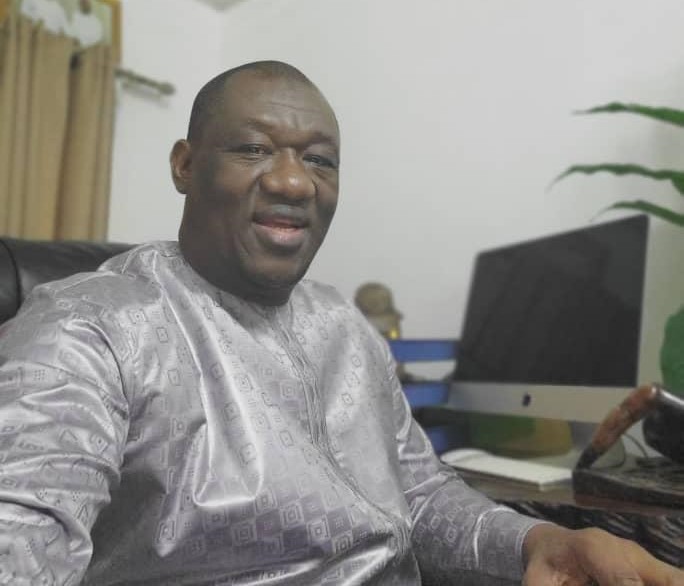Was the 1992 coup a blessing or a curse for Sierra Leone?
It was late in April 1992 at the Taylor Pearce ground at Government Secondary School, Magburaka when the siren of the presidential motorcade whizzed past me and came to a stop. The occasion was the induction of His Excellency Joseph Saidu Momoh, the former president of Sierra Leone into the Hall of Fame of ‘Old Boys of Boys School’. The president was drilled by his Foreign Affairs Minister, Dr. Abdul Karim Koroma. The ceremony was accompanied with the usual pomp and pageantry associated with the office of the presidency. Despite his frailties as a human being, Momoh was likeable, charming and enigmatic. In his half hour speech, Momoh advised students to be humble, obedient and disciplined in life. He recalled his past background as a poor but very respectful student. The advice was fatherly and it was indeed a message to the youths. He reminded students and people present to always satisfy their conscience by doing the right thing as the human life is too short. His message was prophetic, as if he knew that was the last time he was speaking to students of his country. (Photo: author, Ibrahim Sourie Mansaray, USA)
As students were digesting the message of this leader, the serene environment at Boys School and elsewhere in the country was interrupted with the announcement of a coup. On the 29th April, a group of soldiers from the war front had gone to the city to agitate for better conditions. According to the spokesman of the coup, the situation at the war front was deplorable and squalid and the fighters of the Revolutionary United Front (RUF) were better equipped than the government forces. Later in the evening, it became distinct that Momoh had fled to neighboring Guinea and the National Provisional Ruling Council (NPRC) was in control of state affairs. That ended the political chapter of Momoh’s presidency. The rest is history.
The April 29 coup by Valentine Strasser and others was a buoyed popular one that was greeted with enthusiastic support throughout the country. The international community immediately recognized the military junta and urged the leaders to preserve calm and tranquility in the country. The country that was almost on the brink of being considered a ‘failed state’ was quickly to realize economic growth. The Strasser regime in his first anniversary boasted of revitalizing the economy, restoring electricity to a once ‘blackout city’ in the continent. The national broadcasting station and the television station were on air uninterruptedly. The people of the country coined the nomenclature ‘The Redeemers’ for Strasser and his cohorts. The youths were enthusiastic and hopeful, the army wives became heroine by their husbands, and the old politicians bowed their heads in shame. Sierra Leone became a paradise again. The army became an enviable profession with youths dropping out of schools to enlist into the army.
The first year of the Strasser reign was full of positive results though all was not well. Towards the end of the second year, rumors of embezzlement, stories of a senior military figure absconding with money meant for weapons, banditry and upsurge in rebel activities, a secretary of state buying a dog at a whooping cost of twenty thousand dollars started hitting the headlines. But the white fly in the ointment started unraveling when Dr. Julius Spencer, then editor of The New Breed newspaper published a quoted version of a Swedish newspaper indicating that Strasser was involved in the sale of a diamond. This was the turning point in the honeymoon of the NPRC junta. The journalists became ‘Tiger friends’ of the NPRC as the then Vice Chairman of the NPRC, SAJ Musa physically manhandled a journalist, Chernor Ojuku Sesay over a scathing report about the junta regime. This infuriated the Vice Chairman which subsequently opened the doors of the Criminal Investigation Department (CID) and the Pademba Prisons to journalists and critics of the regime. The press was muzzled with journalists being housed behind bars.
As the years progressed, the people started seeing the ‘Redeemers’ transforming into predators. The rebel war had expanded into certain areas that were never attacked even under the incompetent Momoh administration. Rumors of soldiers developing into rebels overnight (sobels) was rampant; the highways in the interior became a death trap with news of ambushes constantly over the airwaves. Soldiers became the country’s enemies as mistrust, skepticism and suspicion engulfed the army. During this era, the center was falling apart as various battalions spearheaded by individual commanders were more powerful than the national army. For instance, Tom Nyuma, then Eastern Region Minister was the most adorable soldier in the army. His bravery and his relentless effort in fighting the rebels of the RUF became a curse as stories of his complicity and bravery were unending. The country was weak and the command structure was fading conspicuously. As for Kono, it was partitioned amongst senior military commanders and the Chiefs were molested on a daily basis. It was only in Kono District that the NPRC accused the Chiefs of colluding with the RUF thereby paving the way for Kono citizens to be treated as rebel collaborators nationwide.
As 1996 approached, the center was loose and mere anarchy was on the people of Sierra Leone. Strasser was overthrown in a palace coup by Maada Bio and his cohorts. Strasser was seen as the stumbling block and all the remaining secretaries of states were interchanged into various positions. The NPRC was a shadow of itself as animosity towards the junta was spreading everywhere in the country. At this time, NPRC was like a curse and people started agitating for elections. The country was embroiled in a war that was eating deeper towards the city. The clarion call for truce with the RUF was overwhelming. The people wanted change and it must be seen from the core of the administration.
1996 was the era of Perestroika (changes) for Sierra Leone, as the civil society unions called for a national conference to discuss the way forward. The conference was held at Bintumani Hotel where Maada Bio encouraged all the stakeholders to attend and proffer solutions to the intractable problems of the country. The slogan, Peace before Elections or Elections Now and Peace later was the caption.
The Bintumani conference was a watershed for the country as politicians like the late Thaimu Bangura of the People’s Democratic Party (PDP) was manhandled by a senior member of the NPRC (Part2) at the entrance of the conference thereby preventing him from attending the deliberations of the conference. At the conference, it was resolved that the rebel war was a national issue and that negotiations with the elusive Foday Sankoh of the RUF should go simultaneously with the conduct of the elections. It was important for the country as it was the only time in the history of the war that people actually heard and saw Foday Sankoh.
Watch out for Part 2.
By Ibrahim Sourie Mansaray, USA
Stay with Sierra Express Media, for your trusted place in news!
© 2013, https:. All rights reserved.







Fatorma Gabba
/
Anything to get rid of JS Momoh’s One Party APC by then was no doubt a BLESSING as it is TODAY!Period!
2nd May 2013